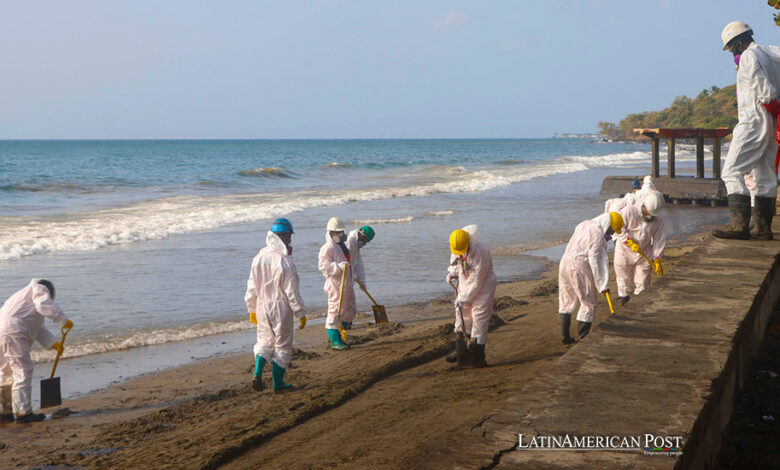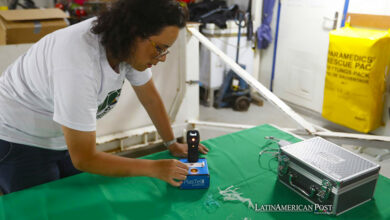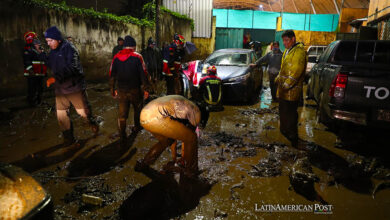Trinidad and Tobago’s Environmental Odyssey as it Unravels the Complexities of Battling the Oil Spill Crisis

Against the backdrop of turquoise waters and sun-kissed beaches, Trinidad and Tobago finds itself in the throes of an environmental emergency as dedicated first responders and volunteers wage a relentless battle against an insidious oil spill threatening their coastline.
Trinidad and Tobago’s Ominous Challenge
Nestled within the embrace of the Caribbean Sea, Trinidad and Tobago epitomizes tropical splendor—a haven of biodiversity and natural beauty. Yet, this idyllic paradise now faces a formidable challenge that threatens to mar its pristine shores and disrupt the delicate equilibrium of its marine ecosystems. Since the fateful discovery of an oil spill off the coast of Studley Park on February 7th, the nation has been plunged into a fierce struggle to contain the spreading menace and mitigate its far-reaching impacts, particularly on the picturesque Tobago island.
As the chief secretary of Tobago’s national assembly, Farley Augustine solemnly addressed the press; he unveiled the grim reality of the situation: the spill, initially detected by the vigilant eyes of Trinidad and Tobago’s coast guard, had already morphed into a sprawling slick spanning over 12 kilometers—a sinister blot on the azure canvas of the Caribbean. The stakes were high, especially for the Scarborough port, a vital artery for cruise ships that anchor there, particularly during the festive fervor of Carnival.
To stem the tide of ecological devastation, makeshift barriers were swiftly erected, forming a bulwark against the encroaching oil slick. Meanwhile, a legion of first responders, their dedication unwavering, embarked on a Herculean mission to protect the coastline, employing diverse strategies ranging from the deployment of skilled divers to the isolation of toxic contaminants and the meticulous assessment of wildlife impacts.
Prime Minister Keith Rowley echoed the nation’s collective anguish in the corridors of power, declaring the spill a national emergency—a stark testament to its profound repercussions for Trinidad and Tobago’s environmental and economic well-being. Rowley elucidated the origins of the disaster, tracing it back to a vessel ominously christened “the Gulfstream,” which had capsized and unleashed its toxic cargo upon the unsuspecting reefs—a tragic collision between human activity and nature’s fragile sanctuaries.
Hope Amidst Desolation: Initial Assessments and Accountability Pursuit
As authorities embarked on a detailed quest for accountability, probing the vessel’s ownership and operational history, a glimmer of hope emerged from the gloom. Initial assessments hinted at a limited impact on the region’s fauna—a fragile ray of optimism amidst the encroaching darkness.
In a heartening display of solidarity, energy giants such as British Petroleum (BP) rallied to support the cleanup efforts, offering a lifeline in the form of cutting-edge equipment and invaluable expertise. Yet, as the relentless ebb and flow of the tides underscored, the battle was far from over. The delicate dance between preservation and progress continued, poised on a razor’s edge, demanding unwavering resolve and collective action.
Also read: Mexico City Faces Historic Water Crisis Amid Climate Change and Urban Challenges
As Trinidad and Tobago navigated the treacherous waters of this environmental odyssey, the resilience and fortitude of its people emerged as a beacon of hope. United in purpose and undeterred by adversity, they stood as guardians of their natural heritage, confronting the crisis with courage and determination. Though the road ahead was uncertain, their unwavering resolve served as a testament to the indomitable human spirit—a force capable of weathering even the most ferocious storms.





